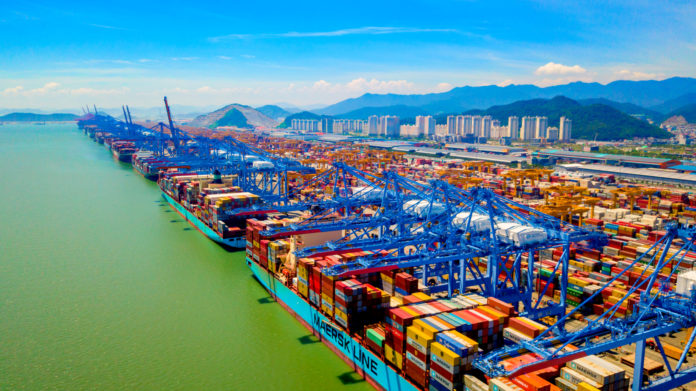The Ministry of Oceans and Fisheries of South Korea said on 7 February 2020 that alternative container storage sites have been secured, alleviating the increasing burden on the country’s ports, amid the novel coronavirus outbreak.
Anxious governments have taken drastic action by quarantining ships arriving from China. The usual post-Lunar New Year lull has also seen liner operators reducing their sailings. This has resulted in shipments to and from China being delayed.
Busan, Incheon and Yeosu-Gwangyang, the three busiest container ports in South Korea, will use unused berths and empty container yards in their hinterlands, as makeshift storage sites. These sites will be used if the storage utilisation at the ports exceeds 90%.
The makeshift sites are the No. 3 berth in Gamman Port and No. 1 berth in Sinseondae Port in Busan North Port, Ungdong hinterland in Busan North Port, Incheon South Port’s Aam Logistics 2 Complex , the hinterland of Incheon’s coal discharge terminal, an empty yard in Incheon New Port, three land plots in Gwangyang Port and the No. 4 berth in Gwangyang’s container port.
MOF said that it is working with shipping companies, liner operators and port authorities to review various support measures that can minimise the impact on shipping companies. In addition, the storage at the ports is continuously monitored to prevent any disruption to port operations.
As of 5 February 2020, the storage facilities in Busan are 76% utilised, down from 82% on 31 January. Incheon’s storage facilities are 81% utilised, slightly down from 83% on 31 January. Storage facilities in Yeosu-Gwangyang are 67% full, down from 71% on 31 January. However, the MOF and port authorities remain concerned as the utilisation rate is still higher than the respective average utilisation of 70%, 75% and 69% in 2019, necessitating contingency plans.
Industry consultancy Alphaliner has estimated that the epidemic could wipe 6 million TEU off China’s container throughput in the first quarter of 2020.
Martina Li
Asia Correspondent







